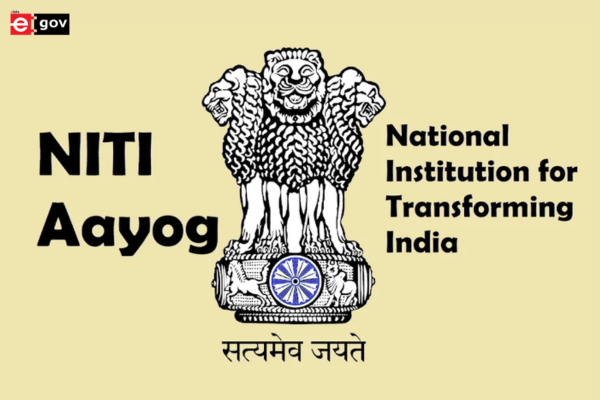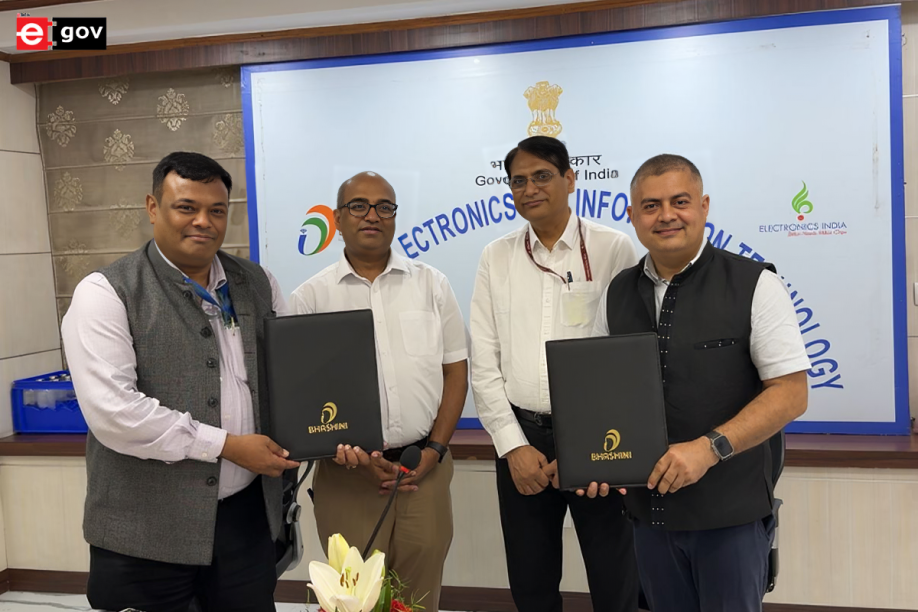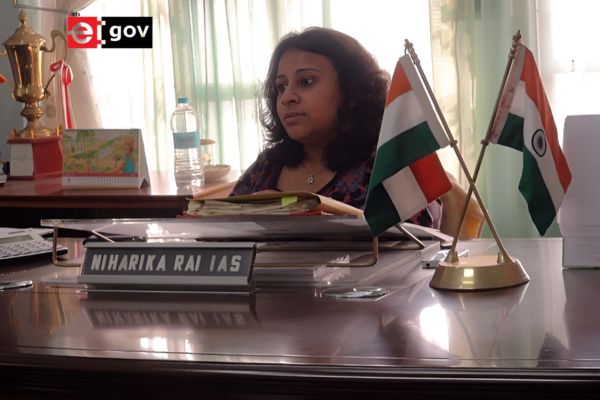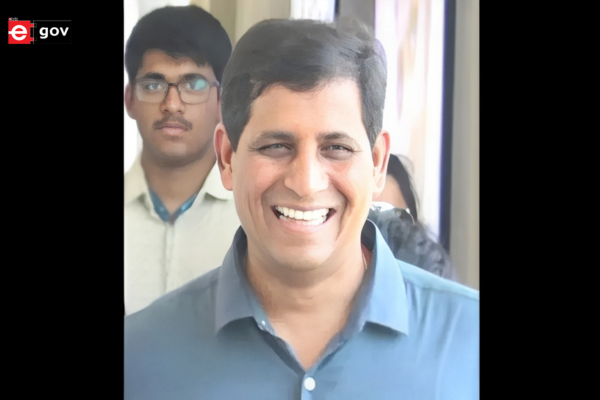
In a significant move to boost India’s manufacturing and export capacity, NITI Aayog has launched a comprehensive report titled “Unlocking $25+ Billion Export Potential – India’s Hand & Power Tools Sector.” Released on April 15, 2025, by Vice Chairman Shri Suman Bery, along with other senior officials including Dr. V.K. Saraswat, Dr. Arvind Virmani, and CEO Shri B.V.R. Subrahmanyam, the report outlines a strategic vision to elevate India’s footprint in the global hand and power tools market.
According to the report, the global trade in hand and power tools, currently valued at around $100 billion, is expected to grow to approximately $190 billion by 2035. Hand tools, which presently account for $34 billion, are projected to reach $60 billion, while power tools are anticipated to more than double from $63 billion to $134 billion in the same period. The study identifies China as the current global leader with nearly 50% of the hand tools market and 40% of the power tools market. In comparison, India holds a modest share—1.8% in hand tools ($600 million) and 0.7% in power tools ($470 million).

NITI Aayog’s report sets an ambitious target: achieving $25 billion in exports over the next decade. This target aligns with India’s broader economic goals and is expected to generate approximately 3.5 million jobs. By capturing a 10% share in power tools and 25% in hand tools globally, India aims to significantly boost its position as a trusted manufacturing hub.

To realise this potential, the report proposes three key categories of interventions:

- Development of World-Class Clusters:
The establishment of 3–4 state-of-the-art hand tool manufacturing clusters across 4,000 acres is vital. These would function under a public-private partnership (PPP) model and offer plug-and-play facilities, worker housing, and essential infrastructure including connectivity and convention centers.
- Structural Reforms to Reduce Costs:
India faces a 14–17% cost disadvantage compared to global competitors, mainly due to high raw material costs, lower labour productivity, elevated logistics costs, and restrictive regulatory frameworks. The report advocates reforms such as easing import duties on raw materials like steel and machinery, rationalising Quality Control Orders, simplifying the EPCG scheme, and revising labour laws and building codes. - Bridge Cost Support:
While existing schemes like RoDTEP and duty drawback offer some relief, the report estimates that Rs. 8,000 crore in additional support may be necessary if key reforms are not enacted. This financial assistance is positioned not as a subsidy but as a strategic investment, potentially returning two to three times its value in tax revenue within five years.
Also Read: QpiAI Unveils One of India’s Most Powerful Quantum Computers under National Quantum Mission
Highlighting the hand and power tools industry as a cornerstone of global manufacturing, the report aligns with India’s broader vision of Viksit Bharat @2047. It reinforces the role of the sector in advancing the “Make in India” initiative and supporting domestic growth through expanding construction and DIY markets.
The complete report is accessible on the NITI Aayog website: India Hand & Power Tools Sector Report
Be a part of Elets Collaborative Initiatives. Join Us for Upcoming Events and explore business opportunities. Like us on Facebook , connect with us on LinkedIn and follow us on Twitter, Instagram.
"Exciting news! Elets technomedia is now on WhatsApp Channels Subscribe today by clicking the link and stay updated with the latest insights!" Click here!













